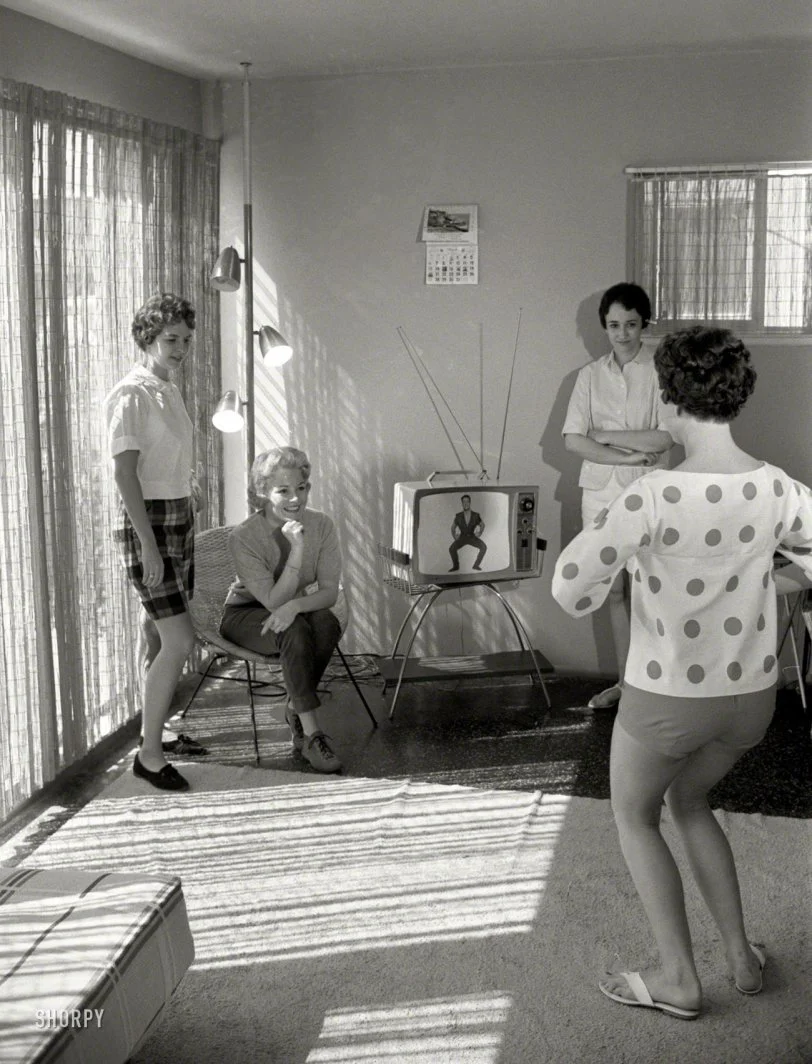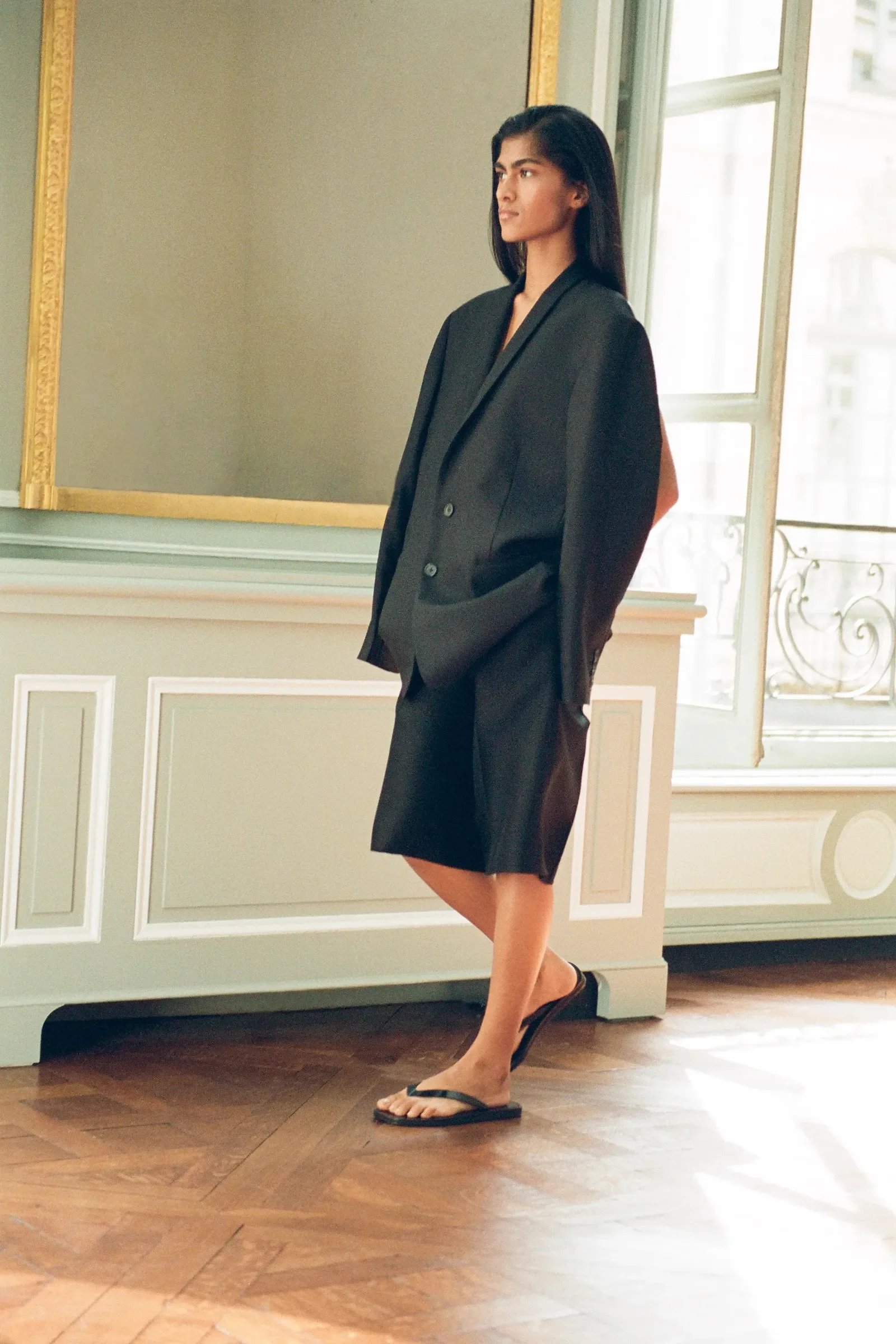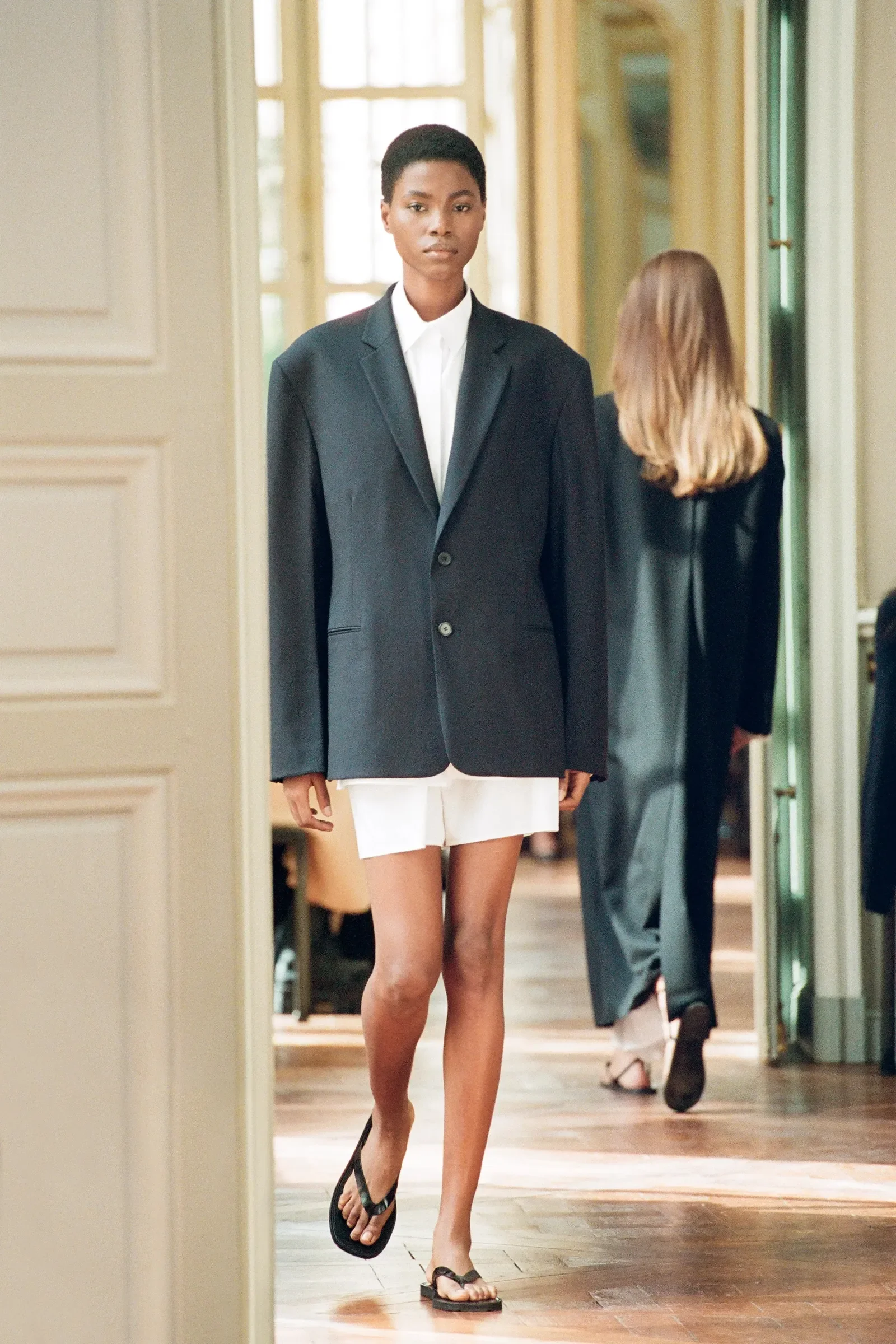Flip-Flops: More Than Summer Shoes
How the world’s simplest shoe became cultural shorthand, a style statement, and a sustainability problem.
Image Courtesy of Acielle via Vogue
The pavement is almost too hot to touch. Somewhere between a café table and a boutique window, a woman’s Havaianas flip-flops slap softly against her heels, the rhythm only interrupted when she pauses to check her phone. Across the street, a model in leather slides exits a runway rehearsal, looking effortlessly polished. Meanwhile, a vendor stacks towers of plastic thongs like candy on a quiet beach in Rio. Humble, inexpensive, and sometimes controversial, flip-flops carry stories that extend far beyond sand and sea. They reveal more about taste, class, politics, and environmental issues than you might expect, and by 2025, they are just as likely to be seen on the runway as they are at the corner shop.
5,000 Years in the Making: The Flip-Flop Story
In the British Museum, a pair of woven papyrus sandals from ancient Egypt sits under glass. Their simple thong design is not far from what you might find at a discount store today. The basic principle hasn’t changed much in thousands of years. Greek soldiers wore leather versions; Japanese artisans developed the zōri, which inspired post-war plastic iterations.
By the 1960s, a small Brazilian company called Havaianas had adapted the zōri’s rice-patterned sole into a rubber flip-flop that would become a national icon. In Brazil, they were worn by construction workers and celebrities alike. Their low price and bright colours made them a democratic kind of luxury, accessible, comfortable, and proudly local.
As the late 20th century closed, a new wave of sandals emerged: Tevas with Velcro straps, Birkenstocks with contoured footbeds, and “ugly sandals” that would later become unlikely runway stars.
One Shoe, Many Worlds
Image Courtesy of Rome Photography Workshop
Flip-flops are one of the world's most ubiquitous and enduring forms of footwear, yet their cultural meanings and social roles vary widely across different regions. What began as a simple, functional item to protect feet from hot sand and rough surfaces has evolved into a powerful cultural symbol, adapting uniquely to the rhythms, climates, and lifestyles of communities around the globe. From the bustling streets of South Asia to the sun-soaked shores of Brazil and the fashion capitals of the West, flip-flops reveal fascinating stories about identity, practicality, tradition, and style. This section explores how these humble soles leave an indelible mark on cultures worldwide, worn not just on feet but deeply embedded in everyday life and expression.
The National Sole in Brazil
In Brazil, mainly in vibrant cities like Rio de Janeiro, flip-flops are woven deeply into the fabric of daily life. It's not merely about comfort or convenience; flip-flops represent an entire cultural attitude toward casual, effortless style and the laid-back spirit of the beach. Vendors can be found hawking Havaianas, the country's most iconic brand, in the most unexpected places, like grocery stores or street corners. The ubiquity is such that people of all ages, social classes, and occasions wear them: from children running around the beach, to adults attending informal family gatherings, to office workers on remarkably relaxed days.
An Everyday Utility in South Asia
In South Asia, flip-flops, or chappals as they are locally known, serve an efficient and deeply ingrained role in daily life across India and Pakistan. These simple rubber thongs are far more than casual accessories; they are essential for navigating diverse terrains and unpredictable weather. Their affordability makes them accessible to nearly everyone, and their lightweight, easily washable nature ensures they can withstand the rigors of intense monsoon rains and dusty streets alike. The chappal is a staple at bustling markets, rural villages, and on crowded urban sidewalks, becoming part of the colorful street scenes that characterize the region. Moreover, these shoes often carry a cultural resonance, worn casually inside homes and outdoors, and their ease of removal and replacement aligns with social customs around cleanliness and respect. They are not just footwear but reflect South Asia's practical and vibrant street life.
Slipper Culture for the Pacific Islands / Hawaii
In Hawaii and the broader Pacific Islands, what many call flip-flops elsewhere are affectionately known as "slippers." Their significance goes beyond utility; slippers are an extension of one's lifestyle and identity. They are worn everywhere, from everyday errands at the supermarket to more formal occasions like attending church services. Many locals bond uniquely with their slippers, often wearing the same pair for years. It's common to find a worn-in pair by the front door, perfectly molded to the shape of its owner's feet, reflecting a history of countless walks on sandy shores and paved streets alike. The slipper culture here embodies a harmonious blend of tradition, comfort, and laid-back vibes, making it a vital part of daily dress and community life.
From Beach to Runway during the Western Shift
The flip-flop has transformed remarkably from humble beachwear to a fashion-forward statement piece in Western cultures. In Los Angeles, leather flip-flops paired with denim have become a celebrity staple, symbolizing effortless cool that blends casual with chic. This style leap has extended far beyond coastal California: in Paris, designers have reimagined flip-flops into platform thongs that confidently march down high-fashion runways, blending comfort with couture. Meanwhile, the trend towards elevated, refined versions of flip-flops is part of Copenhagen's broader street style revolution. Here, sophisticated designs featuring suede, metallic hardware, and subtle micro-heels have become a summer essential, worn at outdoor cafés, art galleries, and festivals. This global evolution of flip-flops reflects how a simple, functional shoe can be reinterpreted across cultures and social strata, becoming a symbol of personal style and cultural adaptation.
Fashion Moment: From Utility to Runway
One of the great rebrands of the past decade is the journey from humble beach shoe to high-fashion statement. The "ugly sandal" movement cracked the door open: normcore styling made comfort chic, while stylists slipped Birkenstocks and Tevas into editorial spreads.
Celebrities wore flip-flops with evening gowns, and soon, luxury houses like The Row and Hermès released their takes on leather straps, padded soles, and hardware details. Street style embraced socks-and-sandal layering, permitting experimentation. The runway now treats flip-flops as a styling punctuation mark, whether peeking under a silk skirt or grounding a sharply tailored suit.
Flip-flops carry subtle social codes. In some cities, they signal casual ease; in others, they suggest economic status. They blur gender lines in 2025, more men wear heeled sandals and skirts with thongs than ever before. Their rejection by specific formal spaces isn’t just about dress codes but about ideas of propriety, class, and even cultural hierarchy. Yet their reclamation by designers and youth cultures worldwide has turned them into quiet symbols of resistance against rigid fashion rules.
Image Courtesy of The Row via Vogue
The Plastic Price of Summer
Most flip-flops are made from EVA foam or plastic, which can linger for centuries once discarded. Washed-up sandals are a common sight on beaches from Bali to Cornwall. Some brands are responding: Havaianas now offers recycled lines; niche labels craft versions from upcycled tyres or plant-based rubbers.
However, not all “eco” marketing holds up under scrutiny. Actual progress means investing in biodegradable materials and take-back programs that close the loop, not just paint the straps green.
Podiatrists remind us that the average flat flip-flop offers little arch support. Extended wear can lead to heel pain, altered gait, or blisters. They’re fine for short walks and beach days, but less ideal for long commutes or sports.
When not to wear: hiking, cycling, formal work settings, or anywhere your toes aren’t safe.
If you need support, look for contoured soles, padded straps, and sturdy materials.
The 2025 Style Guide: Flip-Flops, Five Ways
Image Courtesy of Pinterest
For beach and vacation looks, pair leather thongs with breathable linen sets and oversized shirts. Choosing natural tones or deep navy keeps the outfit versatile and effortlessly chic. Regarding city or casual style, minimal black slides work perfectly with slim ankle trousers, and adding delicate jewelry helps maintain an intentional, polished vibe. For elevated or evening occasions, opt for luxe leather slides with a small heel paired with a tailored blazer; metallic or patent finishes bring an extra touch of sophistication. Try styling chunky platform thongs with bold statement socks on the streetwear front, and think neon colors or graphic prints for a trendy edge. Finally, for work-friendly outfits, structured slides combined with midi skirts or tailored pants in neutral or muted palettes strike the perfect balance between professional and stylish.
Do:
Match the strap material to your outfit’s tone.
Rotate pairs to avoid wear and odour.
Don’t:
Wear plastic thongs to formal events (unless you’re making a point).
Ignore fit straps that should hug, not pinch
Your Sandal Survival Manual
Arch support: even a little makes a difference.
Strap comfort: soft edges prevent blisters.
Sole thickness: enough to protect from heat and grit.
Construction: glued soles tend to split sooner than stitched ones.
Care: Rinse after salt or chlorine, dry thoroughly, store flat, and rotate pairs.
Flip-flops are small things that hold big stories. They whisper about climate, geography, personal ease, public identity, economies, and materials. In 2025, they’re no longer just summer shoes; they’re a mirror of how we live, what we value, and where we’re headed. Pick your pair with as much care as you pick your coat.










